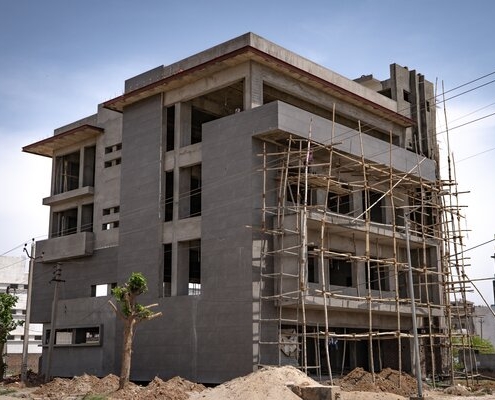PMBoK7 Perspectives: Exploiting Opportunities

Photo by Brett Jordan on Unsplash
PMBoK7 places more emphasis on managing positive risks, called opportunities (situations that improve project outcomes.) In the past, this project approach was underutilized, because the tendency is to focus on negative risks (called threats.) Here are PMI’s five approaches to making the most of project opportunities.
- Exploit. To exploit opportunity, you can take definitive action to ensure that an opportunity occurs. For example, you could purchase a more capable technical component that increases the business value delivered by the project. Or I could respond to a clear-cut customer demand by adding a remote-control feature to a ceiling fan. This would generate customer satisfaction and greater sales by fulfilling a specific need.
- Enhance. Enhancing an opportunity means taking an action to increase the probability of the opportunity occurring and/or increasing the positive impact it has on your project if it does occur. This is the equivalent of mitigating a negative risk. For example, to increase the reliability of a product, you decide to install a redundant part within the product, so if one fails the other automatically takes over. The outcome is a better product that you can charge more for, increasing the probability that your profit will improve due to the increased sales and higher customer satisfaction.
- Escalate. A project team might discover ways to improve project outcomes that are outside the project team’s sphere of influence, for example, dealing with transactions involving foreign currencies. Changing the payment schedule or requesting a payment could mean big differences in currency exchange rates. Senior managers or the finance organization would make the decision on this financial schedule change. In this case, the project manager escalates the opportunity to the people who have the authority for the decision.
- Share. This strategy means you allocate full or partial ownership of an opportunity to a third party who is best able to capture the benefit of that opportunity. For example, a customer offers a bonus payment for early project completion. To increase the chances of finishing early, you hire an expert firm to perform parts of your project and share the bonus payment with them if you finish early.
- Accept. Finally, just like with threats, you can accept the existence of an opportunity as-is. You do nothing, and hope the opportunity comes to fruition. This is suitable for low probability or low impact opportunities.
If you have techniques you have used to take advantage of opportunities, share with us in the comments section.
For more about risk management, check out Bob McGannon’s Project Management Foundations: Risk course.



